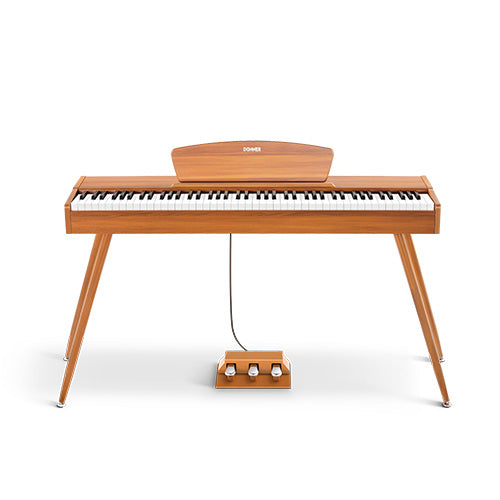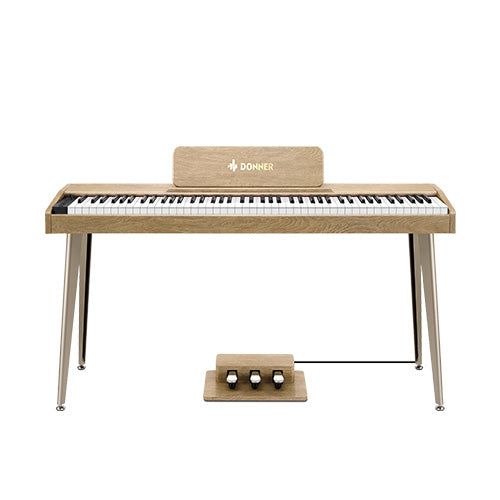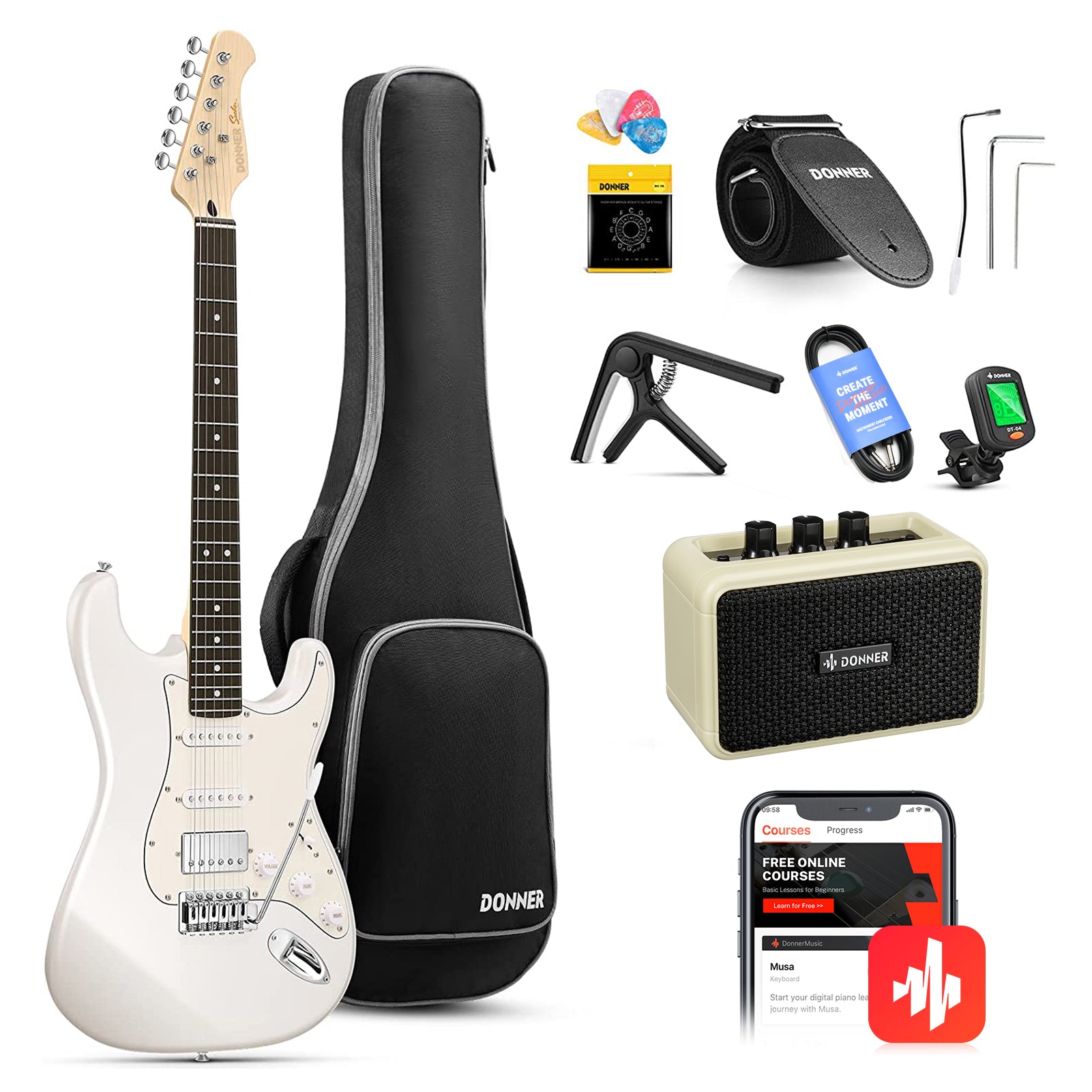If you own a digital piano, you must have enjoyed the rich sounds from its library. But have you ever wondered how those sounds are created? The answer is sampling.
Digital piano sampling involves recording the sound of a real piano and storing it in the memory of a digital piano. When you play a key on a digital piano, the stored sample of the corresponding note is played back through the piano's speakers, creating the illusion that you are playing a real piano.
While digital pianos have been around for decades, the technology has come a long way in terms of accurately reproducing the sound of a real piano. In this article, we'll take a closer look at the process of creating digital piano samples.
Setting the stage
Before the actual recording process can begin, it's important to set up a recording studio that is suitable for capturing the sound of a piano. This includes choosing the right microphone setup, setting up the piano itself, and preparing the recording space.
The microphone setup is a crucial factor in the quality of the final samples. For a piano, it is generally recommended to use a pair of microphones in a stereo configuration. This allows for a more realistic and immersive sound, as it captures the spatial properties of the piano's sound. There are many different microphone configurations that can be used for recording a piano, so it's worth experimenting with different setups to find what works best for your particular recording situation.
Next, the piano itself needs to be prepared for recording. This might involve tuning the piano to ensure that it is in top condition, as well as cleaning and maintaining the instrument. It's also important to choose the right piano for the job. Some digital pianos are designed to reproduce the sound of specific types of pianos, such as grand pianos or upright pianos. It's important to choose a piano that is suitable for the type of music you are recording.
Finally, the recording space itself needs to be prepared. This might involve choosing a room with good acoustics or using acoustic treatment to improve the sound of the space. It's also important to eliminate any extraneous noise that could interfere with the recording, such as traffic or other people talking.
The recording process
Once the recording studio is set up and the piano is prepared, it's time to start the actual recording process. This typically involves playing a range of notes and dynamics, in order to capture a wide range of sounds that can be used in the final digital piano samples.
It's important to play the piano with a consistent touch and dynamics, in order to ensure that the samples are as consistent as possible. This might involve using a metronome to maintain a consistent tempo or using a reference recording to guide the performance.
In addition to capturing the sound of the keys being played, it's also important to capture the sound of the pedals and other mechanical elements of the piano. This helps to create a more realistic and immersive sound when the samples are played back on a digital piano.
Editing and processing the samples
Once the raw audio has been recorded, it's time to edit and process the samples to create a usable set of digital piano samples. This typically involves cleaning up the audio, equalizing the frequencies, and applying other effects as needed.
One common technique for cleaning up the audio is to use a process called noise reduction. This involves removing any unwanted noise that was captured during the recording process, such as clicks or hums. This can be done using software tools that are specifically designed for this purpose.
Equalization is another important step in the process of creating digital piano samples. This involves adjusting the balance of the different frequencies in the audio, in order to create a more balanced and natural sound. This might involve boosting certain frequencies to bring out certain aspects of the piano's sound, or cutting certain frequencies to reduce any unwanted elements. It's important to be careful when equalizing the samples, as it's easy to overdo it and end up with a distorted or unnatural sound.
After equalizing the samples, it's also common to apply other effects to the audio, such as reverb or compression. These effects can help to create a more realistic and immersive sound and can be used to tailor the samples to fit a particular musical style or genre.
Overall, the process of creating digital piano samples is a crucial step in the development of a digital piano, and it requires a combination of technical skill and artistic judgment. By understanding the steps involved in this process, it's possible to create high-quality digital piano samples that accurately reproduce the sound of a real piano.
Using the samples in a digital piano
Once the samples have been edited and processed, they are ready to be used in a digital piano. There are many different ways that digital pianos use samples to create their sounds, but one common method is to store the samples in the digital piano's memory and trigger them when a key is played.
Some digital pianos use a technique called layering to create a more realistic sound. This involves playing back multiple samples simultaneously, such as a sample of the piano's attack and a sample of the sustain. This can create a more nuanced and dynamic sound, as the different samples interact with each other.
Conclusion
Digital piano sampling is a complex process that involves capturing the sound of a real piano, editing and processing the samples, and using them to create a realistic and immersive sound in a digital piano. The quality of the samples and the number of samples used can greatly affect the overall sound of a digital piano.
The sampling technology has come a long way in recent years in terms of accurately reproducing the sound of a real piano. Now even highly affordable digital pianos like Donner DDP-80 and Donner SE-1 can feature great sampled sounds.
As a result, digital pianos have become an important tool for musicians and music producers, and will likely continue to evolve and improve in the future.
























